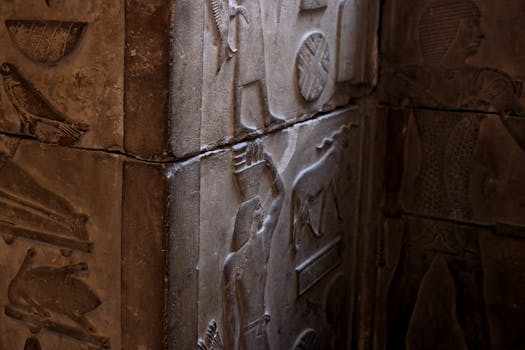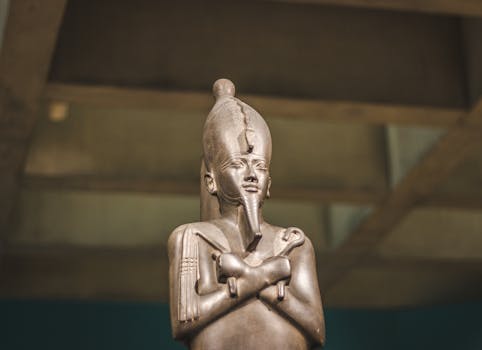
Unearthing the Past: A Journey Through Historical Artifacts from Ancient Civilizations
Takeaways: Historical artifacts are invaluable resources that provide insights into the lives of our ancestors. They help us understand ancient cultures, their technologies, beliefs, and daily practices. From the pyramids of Egypt to the pottery of Greece, these artifacts are crucial for historical research and appreciation of human civilization.
Throughout history, humans have created objects that reflect their lives, beliefs, and environments. These historical artifacts serve as tangible connections to our past, offering a glimpse into ancient civilizations that shaped the world we live in today. In this article, we will explore various artifacts from different ancient cultures, their significance, and what they reveal about the societies that created them.
1. The Significance of Historical Artifacts
Historical artifacts are more than just old objects; they are key pieces of evidence that archaeologists and historians use to reconstruct the past. Each artifact, whether it’s a tool, a piece of pottery, or a monumental structure, provides critical information about the people who made and used it. These items can reveal details about daily life, trade, religious practices, and technological advancements.
For instance, ancient tools made from stone or metal can tell us about the technological capabilities of a civilization. Similarly, pottery can provide insights into dietary practices, artistic expression, and cultural values. The study of artifacts also helps preserve cultural heritage, as they remind us of the diverse narratives that have shaped human existence.
2. Notable Artifacts from Ancient Civilizations
Let’s delve into some of the most remarkable artifacts from various ancient civilizations around the globe:
Ancient Egypt: The Rosetta Stone
The Rosetta Stone, discovered in 1799, is one of the most famous artifacts in the world. It features inscriptions in three scripts: Greek, Demotic, and hieroglyphic. This stone was crucial in deciphering Egyptian hieroglyphs, which had been a mystery for centuries. The ability to read these ancient texts opened the door to understanding Egyptian history, culture, and language.
Mesopotamia: The Code of Hammurabi
The Code of Hammurabi, inscribed on a stone stele around 1754 BC, is one of the oldest deciphered writings of significant length in the world. It consists of 282 laws that governed various aspects of daily life in ancient Babylon. This artifact is essential for understanding the legal systems and social structures of early civilizations.
Ancient Greece: The Parthenon Marbles
The Parthenon Marbles, originally part of the Parthenon temple in Athens, represent the artistic achievements of ancient Greece. These sculptures depict various mythological scenes and showcase the incredible skill of ancient Greek artists. They are not only significant for their beauty but also for what they reveal about Greek society and religion.
Ancient Rome: The Colosseum
While not a traditional artifact in the sense of being portable, the Colosseum in Rome is a monumental structure that signifies the architectural prowess of the Roman Empire. This amphitheater was used for gladiatorial contests and public spectacles, reflecting the social and political life of ancient Romans. Its remains continue to inspire awe and provide insights into Roman engineering and entertainment.
China: Terracotta Army
The Terracotta Army, discovered in 1974, consists of thousands of life-sized clay soldiers buried with China’s first emperor, Qin Shi Huang. This incredible archaeological find offers invaluable information about ancient Chinese military practices, artistry, and beliefs regarding the afterlife. Each figure is unique, showcasing the craftsmanship of the time.
3. The Role of Artifacts in Understanding Ancient Cultures

For example, the study of burial artifacts can reveal insights into the beliefs surrounding death and the afterlife in various cultures. Items buried with the deceased often reflect their status, profession, and personal interests, allowing us to understand their lives better. Similarly, trade goods can illustrate the economic relationships between different civilizations, indicating cultural exchanges and influences.
In addition, the preservation of artifacts is vital for education and cultural identity. Museums around the world showcase these historical treasures, allowing us to connect with our shared human heritage. By studying artifacts, we not only learn about the past but also foster a sense of appreciation for the diversity of human experience.
Conclusion








